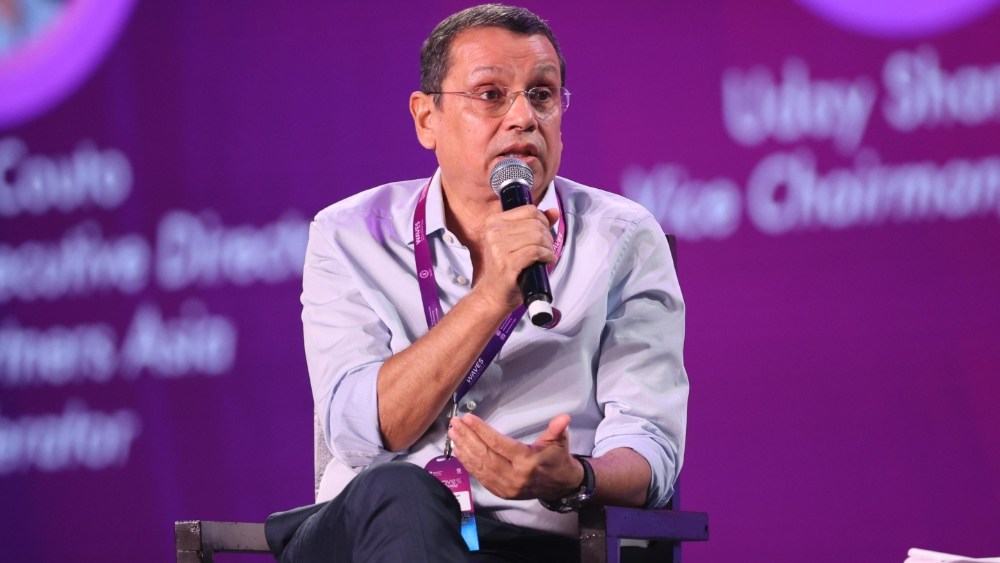JioStar’s $3.6 Billion Content Investment and India’s Media Market Growth
In a bold move, JioStar, a leading player in India’s media landscape, has revealed plans to invest around $3.6 billion in content this year. During the inaugural World Audio Visual Entertainment Summit (WAVES) in Mumbai, Vice Chair Uday Shankar outlined the company’s aggressive strategy amid the tremendous growth potential of India’s media market.
Expansive Investment Strategy
Shankar indicated a significant increase in JioStar’s content expenditure over recent years. The company allocated approximately INR 25,000 crores (around $3 billion) in 2024, boosting this figure to INR 30,000 crores (approximately $3.6 billion) in 2025, with projections for 2026 estimating expenditures between INR 32,000 and 35,000 crores (about $3.8-4.1 billion). As he noted, “In three years, we have spent more than $10 billion.”
Resilience in a Competitive Landscape
Following the merger of Reliance’s Jio platforms with Disney’s Indian assets, JioStar has managed to flourish against skepticism, witnessing growth in both traditional pay TV and streaming sectors. The company reports a staggering half a billion visitors to its platforms, although specific subscriber numbers remain undisclosed; they were previously estimated at 200 million in April.
“The narrative was that pay TV is dead. The narrative was that the premium streaming space is a limited space of 15-20 million subscribers,” Shankar remarked. Contrary to these assumptions, he asserted that pay TV has added subscribers rather than lost them since the merger, attributing this to JioStar’s focused approach.
Affordability and Market Strategy
A key aspect of JioStar’s strategy lies in addressing affordability within the Indian market. Shankar emphasized the necessity of catering to a broad audience: “If your ambition is to take it to 300 million or half a billion people, then you have to keep their affordability front and center in your strategy.”
He acknowledged that the rapid expansion of cable and satellite television in India is tied to the industry’s attention to price sensitivity. “The entire explosive growth… has happened because the leaders… kept price sensitivity in the market,” Shankar added.
Critique of Global Media Models
During his address, Shankar also critiqued global media companies for stagnating in monetization innovation. “Seventy years ago, newspapers were taking advertising and charging subscription. Even today, the latest media company is still doing subscription and advertising,” he reflected, highlighting the need for more innovative approaches in today’s rapidly evolving market.
Future of India’s Video Entertainment Market
Looking ahead, Shankar believes India’s $30 billion video entertainment market has the potential to double in the next five years. He pointed out the importance of tailored content development and deeper distribution strategies as essential drivers for this growth. “There is a need to go deeper and create new brands,” he stated, focusing on opportunities in tier three and four cities.
Insights on Theatrical Market Dynamics
Shankar also noted the current challenges faced by India’s theatrical market. While Bollywood has struggled, regional film industries, particularly in southern India, continue to thrive. He attributed this disparity to a failure in content evolution that has not kept pace with changing audience preferences in the northern regions.
Regulatory Considerations
In conclusion, Shankar urged regulatory bodies to avoid enforcing uniform regulations across various platforms, warning that “if the media companies have not innovated enough, the regulators are even further behind.” He cautioned against homogenizing regulations, stating, “Then you will kill the value in both businesses.”

